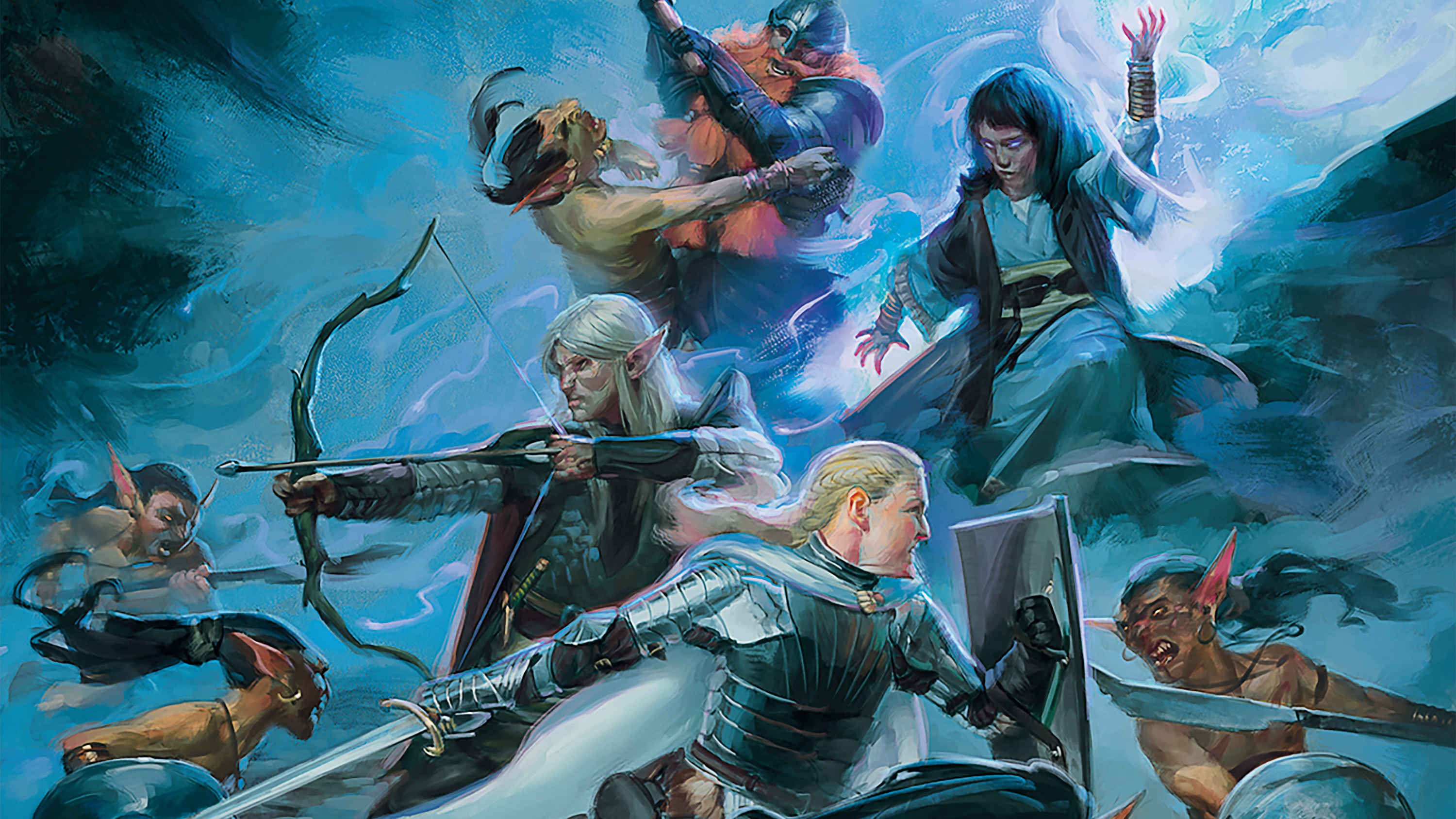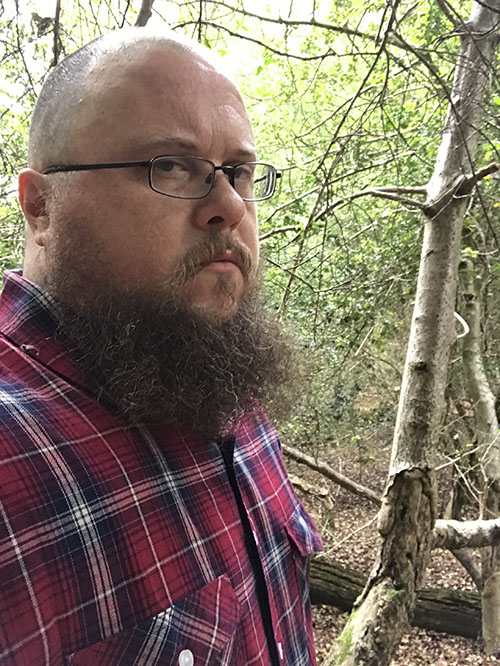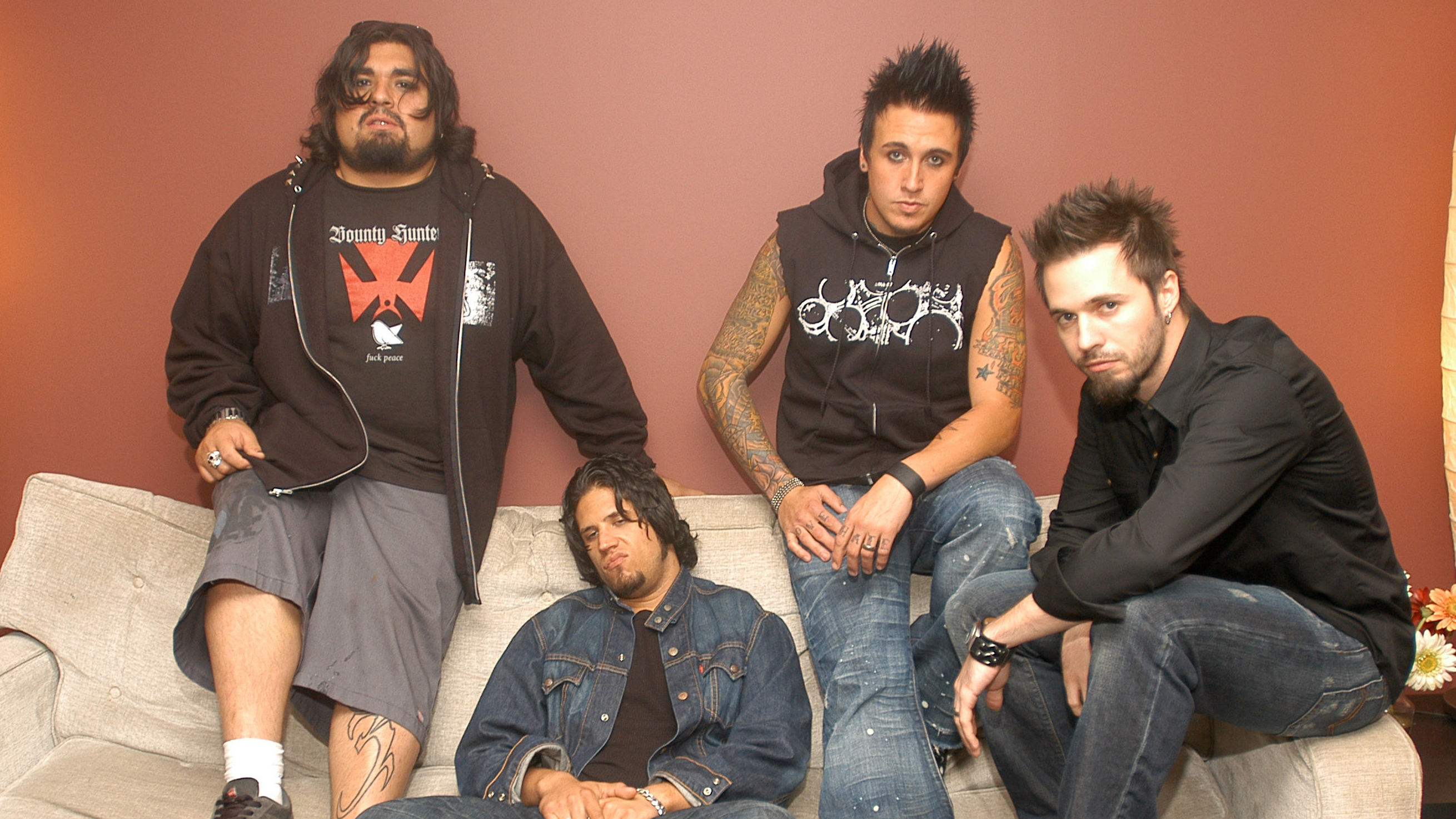The epic story of metal’s love affair with Dungeons & Dragons
From a love of fantasy to being targeted in the Satanic Panic, all the way to Stranger Things, heavy metal and Dungeons & Dragons have a shared history that goes back decades

Stranger Things got plenty of 80s phenomena bang on, but the one that struck the most authentic chord was undoubtedly the iconic but relatable figure of Eddie Munson. As well as playing guitar in high school metal band Corroded Coffin (and introducing new generations to the evil-bat-distracting powers of Master Of Puppets), Eddie was also Dungeon Master for his school’s Dungeons & Dragons club. Heavy metal and this venerable tabletop role-playing game have grown up together over the last 50 years, flourishing in intimate sync, fandoms frequently overlapping. However, in Eddie these twin pursuits intersected in a celebrated pop-cultural hero, the like of which we’d never seen before.
“Eddie was everyone’s favourite,” says Crow Lotus, singer with Louisiana metallic hardcore crew Capra and a lifelong role-playing game enthusiast. “Not necessarily all metal fans are into fantasy RPGs, but you’d be hardpressed to find an RPG fan who isn’t into metal.” Dungeons & Dragons – D&D to aficionados – has phased in and out of broader culture over the decades, but it’s most definitely having a moment right now. The D&D-infused Stranger Things will be followed by Dungeons & Dragons: Honor Among Thieves, a big-budget movie starring Star Trek’s Chris Pine and The Fast And The Furious’s Michelle Rodriguez, with a spin-off TV show to follow. But metal’s love affair with D&D has never faded, with innumerable musicians outing themselves as gamers.
“I do love Dungeons & Dragons,” Rage Against The Machine guitarist Tom Morello told Metal Hammer back in 2017, while Jack Black, Chester Bennington and My Chemical Romance singer Gerard Way also expressed their love of the game, helping D&D attain cooler cultural capital than previous generations could have imagined. “There does seem to be some commonality with the greater metal community,” says Mark Garrett, singer with prog-deathcore bruisers Kardashev and devoted D&D Dungeon Master. He reflects on the connections between disciplines: “There’s a measurable affinity for fantasy, sci-fi and escapism. If you look at a lot of metal lyrics, you see a lot of fantasy stories – oftentimes very gritty ones.”
Heavy metal and fantasy RPGs emerged contemporaneously. Just as Black Sabbath and Led Zeppelin were honing their hairy chops in the early 70s, Chicagoan hobbyist Gary Gygax was envisioning a new kind of tabletop wargaming system, where players led by a Dungeon Master (‘DM’) assume the roles of mythical beings to embark upon epic, otherworldly adventures. Both incipient cultures took crucial inspiration from J.R.R. Tolkien – Sabbath’s Gandalfian The Wizard and Zep’s trips to Mordor came just as Gary was welcoming hobbits and elves into his medieval wargame’s ‘fantasy supplement’ circa 1970. Gary Gygax and Dave Arneson finally launched Dungeons & Dragons in 1974, but the game expanded, toughened and codified its core concept from 1977 with Advanced D&D - just as Judas Priest, Motörhead and the New Wave Of British Heavy Metal started doing much the same for the headbanging community.
For many youngsters who’d just discovered HM, discovering D&D felt like another level of the same concept – the game for metalheads who want to live inside their favourite record sleeves and lyrics. “My dad was born in 1938, so his rock’n’roll was Chuck Berry,” says Luke Gygax, son of Gary Gygax. “Classical, jazz and blues were probably influential to him, but the younger players who became game designers were more influenced by metal. A little bit of Sabbath would have snuck in there as an influence, as well as Yes, Rush and the early 80s stuff that told wonderful stories, like Iron Maiden - they had great stories.” Luke remains indebted to Papa Gygax – who passed away in 2008 – for his introduction to the latter band. “My dad went to a UK convention and brought back The Number Of The Beast single for me. He’d heard it was cool and he thought I’d like it – and of course I did! My friends and I enjoyed Iron Maiden when we were gaming, and I still try to see them on every tour. They’re still fantastic.”
The overlap between heavy metal and D&D became further entrenched during the 80s, when enthusiasm for either marked you out as a total dweebo at best or, at worst, a flat-out Devil-worshipper. The so-called ‘Satanic Panic’ saw an increasingly hysterical religious right accusing both metal and RPGs of leading youngsters into Satanism. “Lots of religious groups picked it up: ‘Your children are not safe, this game is teaching them how to worship demons and throw spells.’ So a lot of kids had their books seized and burnt,” says Luke. “But that made D&D dangerous, and for rebellious young men it was like, ‘I’m going to find out what this is because I’m told I shouldn’t.’”
Similar accusations were made against Ozzy Osbourne, Iron Maiden, Slayer and Judas Priest, with identical results. “With that whole Satanic Panic thing, metal and D&D got dragged through the mud together,” says Kardashev’s Mark Garrett. “They were considered ‘outcast’ things to do, which I don’t think they are anymore, but when you get two communities with a common enemy it’s like you’re in this together. There must have been some camaraderie there.”
With RPGs perceived as nerdy and eccentric, it’s unsurprising that few musicians openly declared enthusiasm for D&D back then. In the late 80s, a bunch of stoner kids from Palm Desert, California changed their name from Katzenjammer to Kyuss. Their new moniker came from an undead creature in D&D handbook Monster Manual, even though they weren’t hardcore gamers. “We used to read it and look at the pictures and figure out how the game was played,” drummer Brant Bjork told alternative newspaper Vue Weekly in 2018, adding that “it was too sophisticated for us”. Behind the scenes, though, dice were rolling even in the coolest dressing rooms. Luke reveals that his friend and fellow player Joe Manganiello – now a Hollywood actor currently directing the first official D&D documentary – went backstage at a Metallica show for an interview with Kirk Hammett. “They played D&D,” says Luke. “I guess Cliff Burton was a little older than them, and he introduced them to D&D when they were travelling as a young band. Same with Anthrax: Scott Ian is a D&D player. Metallica and Anthrax were some of my favourite bands in high school, I still put them on to this day, and they’re D&D players.”
Sign up below to get the latest from Metal Hammer, plus exclusive special offers, direct to your inbox!
Metal and D&D weathered the brickbats lobbed at them through the 80s, but in the 90s even the counterculture pivoted against them. With the alternative scenes trending toward themes of urban aggression and real-world trauma, dragon-slaying was firmly off the agenda, castigated as the juvenile excesses of a previous generation. It wasn’t until Canadian trad metal revivalists 3 Inches Of Blood emerged in the early 2000s that we saw a band actively proclaim their D&D participation. “I like the idea of music being escapist fiction,” singer Jamie Hooper told Metal Underground in 2007. “I hate writing songs about how shitty your day was… Fuck that. I’d rather go off into a dream world. And, yes, we do play Dungeons & Dragons and we’re not ashamed to admit it.”
Happily, nobody’s ashamed to admit it anymore. During lockdown, Capra’s Crow Lotus and Kardashev’s Mark Garrett took part in a livestreamed D&D campaign with members of fellow Metal Blade bands Allegaeon and Cult Of Lilith. “Our DM was amazing, nobody half-assed it, and we were all in it to have a really good time,” says Crow. Some bands aren’t content to simply broadcast their participation - they’re bringing the game into the music. The Black Dahlia Murder released a limited box set of 2020’s Verminous album that included an original D&D module based on the title track and cover (“I played a lot of D&D in my formative years, and I feel like its imagery led me to discovering metal music,” much-missed vocalist Trevor Strnad told EN World). Indiana heshers Throne Of Iron take the biscuit, using a bespoke ‘Roll For Metal’ process whereby “tempo, feel and drum parts are picked using a standard D&D dice set”. For Mark Garrett, there’s a direct connection between fronting a band and running a D&D campaign.
“The whole process of writing lyrics and coming up with an aesthetic for an album is very similar to what I do in Dungeons & Dragons,” he says. “I try to write something that is immersive, that draws the listener into a specific state ofmind, and that’s what a lot of DMs try to do: ‘How can I successfully manipulate my players on an emotional level?’” And the inspiration is two-way. Stefan Leblanc, Creative Art Director for Tuque Games, summed up the aesthetic of new D&D universe videogame Dark Alliance on the PlayStation website: “We’re heavy metal,” he declared. “Think of the look of heavy metal album covers.”
It’s not hard to see the join. At the heart of both metal and D&D is the idea of transcending mundanity, losing yourself in a world of wild, intense imagination, making sense of chaos and becoming something infinitely more powerful than yourself. “I think that’s the crux, potentially the most important thing,” says Mark. “Why not take it to the limit, explore fantastical realms and use those to talk about the world? Because in a way, when we engage in fantasy, we’re kind of observing the real world through a bizarre lens.” As we navigate our confusing, conflicted current predicament, we need an immersive source of magical escapism if we want to stay sane. No wonder the Venn diagram intersection of dice-throwers and rock’n’rollers gets bigger every day.
Dungeons & Dragons: Honor Amongst Thieves lands in cinemas this week
Chris has been writing about heavy metal since 2000, specialising in true/cult/epic/power/trad/NWOBHM and doom metal at now-defunct extreme music magazine Terrorizer. Since joining the Metal Hammer famileh in 2010 he developed a parallel career in kids' TV, winning a Writer's Guild of Great Britain Award for BBC1 series Little Howard's Big Question as well as writing episodes of Danger Mouse, Horrible Histories, Dennis & Gnasher Unleashed and The Furchester Hotel. His hobbies include drumming (slowly), exploring ancient woodland and watching ancient sitcoms.

